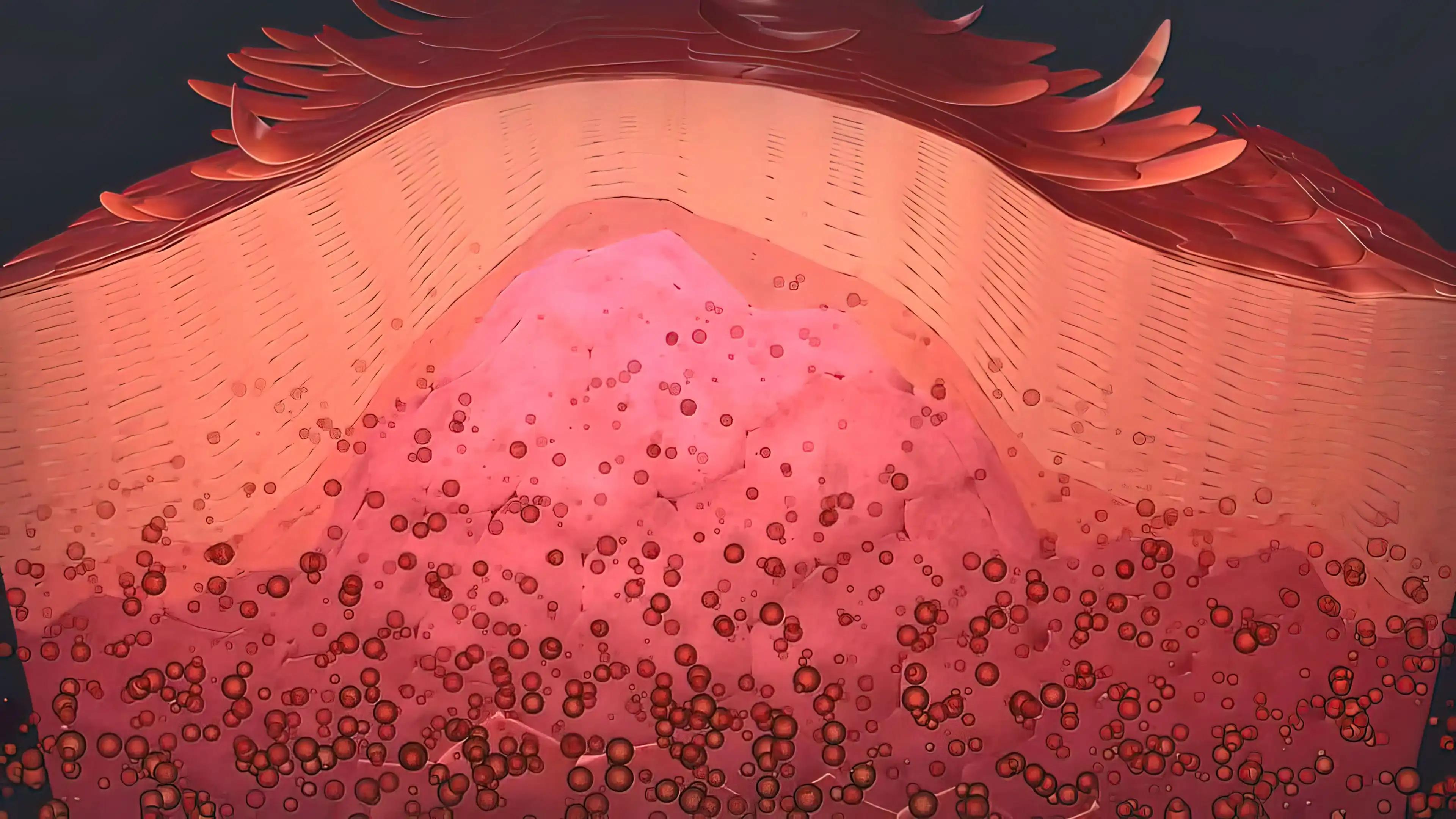KEY TAKEAWAYS
- The study aimed to investigate the spatial relationships between tumor-infiltrating leukocytes and lymphovasculature in primary human cutaneous melanoma.
- The study presented a platform mapping lymphovascular and immune infiltrates in primary melanoma, highlighting vessel states’ role in metastasis and immune infiltration.
Quantitative, multiplexed imaging reveals complex spatial relationships among phenotypically diverse tumor-infiltrating leukocyte populations in melanoma. Despite advancements, mechanisms shaping leukocyte distribution within tumor nests remain poorly understood. Additionally, recent preclinical data highlights the role of blood and lymphatic vessels in dictating leukocyte trafficking within melanoma microenvironments, influencing anti-tumor immunity.
Julia Femel and the team aimed to investigate the spatial relationships between tumor-infiltrating leukocyte populations and lymphovasculature in primary human cutaneous melanoma.
A quantitative, multiplexed imaging platform was established to simultaneously detect immune infiltrates and tumor-associated vessels in formalin-fixed paraffin-embedded patient samples. A discovery, retrospective analysis was conducted on 28 treatment-naïve, primary cutaneous melanomas.
The obtained results showed the heterogeneity in lymphovascular and immune infiltrate across treatment-naïve primary melanomas. Five distinct lymphovascular subtypes were identified based on functionality and morphology, with their distribution within and around primary tumors mapped. Notably, the localization of specific vessel subtypes, rather than overall vessel density, showed significant associations with the presence of lymphoid aggregates, regional progression, and intratumoral T cell infiltrates.
The study introduced a quantitative platform for concurrent analysis of lymphovascular and immune infiltrates in primary melanoma, revealing diverse states of tumor-associated vessels with potential implications for metastasis and immune infiltration. This platform holds promise for mapping tumor-associated lymphovascular evolution across stages, assessing prognostic significance, and stratifying patients for adjuvant therapy.
Research was funded by OHSU Knight Cancer Center Support grant, Department of Defense Peer Reviewed Cancer Research Program, the V Foundation for Cancer Research, Melanoma Research Alliance, and Cancer Research Institute Clinic and Laboratory Integration Program. Additional support was provided by National Institutes of Health, the Department of Defense, the Cancer Research Institute, the Mark Foundation for Cancer Research, the American Cancer Society and the American Association for Cancer Research
Source: https://pubmed.ncbi.nlm.nih.gov/38361951/
Femel J, Hill C, Bochaca II, et al. (2024) ‘’Quantitative multiplex immunohistochemistry reveals inter-patient lymphovascular and immune heterogeneity in primary cutaneous melanoma.’’ Front. Immunol., 01 February 2024 Sec. Systems Immunology https://doi.org/10.3389/fimmu.2024.1328602



